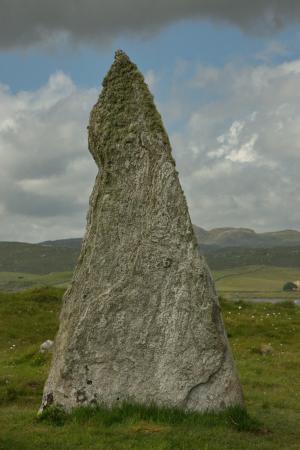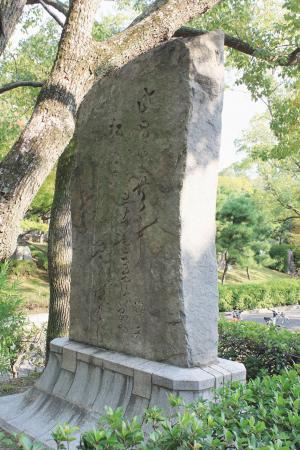Articles
Showing 12 of 903

Spring of Gihon Definition
Spring in the Kidron Valley near Jerusalem. It was the main water source for the city during Old Testament times. Hezekiah built a tunnel that directed the spring's water inside the city walls. Gihon means "gushing out."

Standing at the Crossroads
GezerTravel to Gezer, and learn what it means to stand at the Crossroads.Gezer is one of the greatest tels in Israel. To stand on this magnificent tel is to stand on a part of history that existed as many as 3,000 years before our Messiah walked t...

Standing Stone Definition
Large stone erected as a testimony to a significant act of God (or gods). Standing stones could serve pagan as well as God-honoring purposes.

Standing Stones
Sacred StonesLong before the Israelites entered Canaan, pagans in the Middle East erected sacred stones to honor their gods, to declare covenants and treaties between cities, or to honor an important event that could only be explained by the super...

Stele Definition
Upright stone with writing or decoration. Our practice of placing tombstones over the graves of loved ones probably derives from this special standing stone.

Storehouses of Masada
This photograph shows the remains of the 15 storehouses on the eastern side of Masada. The one on the left is as it was found by archaeologists; the others have been reconstructed. In the background above the storehouses, you can see the Dead Sea,...

Susita
This photograph is taken from Mount Arbel on the western shore of the Sea of Galilee near Tiberias. The hilltop where Susita (Hippos) was located is clearly visible on the eastern shore. Towering over the Sea of Galilee, Susita is connected to the...

Synagogue Beginnings
There are many theories about the origin of a gathering place called "synagogue." The Greek word for synagogue means "assembly" and is used in place of the Hebrew word meaning "congregation" or "community of Isra...

Synagogue Definition
A Greek word meaning "to gather." The Jews would gather at buildings called synagogues to worship God and to study the Scriptures. Each Jewish community also used the synagogue to teach young people.




